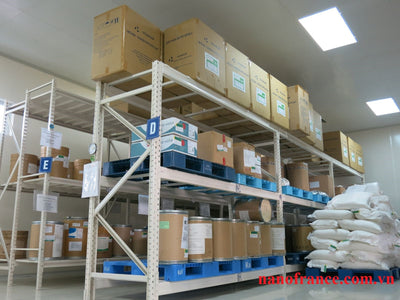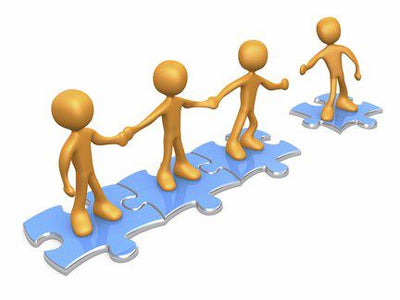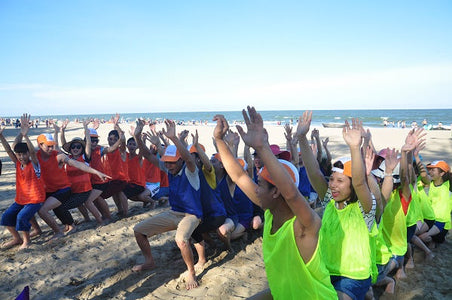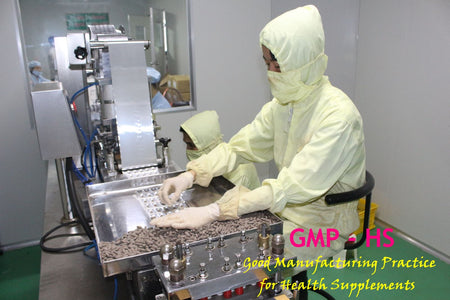According to information at the Conference announcing the results of the 2019-2020 National Nutrition Survey on April 15, 2021: The rate of anemia in children under 5 years old nationwide is 19.6%. Especially in the Northern mountainous region and the Central Highlands, this rate is particularly high, at 23.4% and 26.3%, respectively. Iron deficiency is the biggest cause of this anemia. So are the symptoms of iron deficiency in children clear?
For parents, what are the “signs” to know if your child’s health is having problems? What can you do to help your child avoid iron deficiency? The following article by NanoFrance will give you the answer!
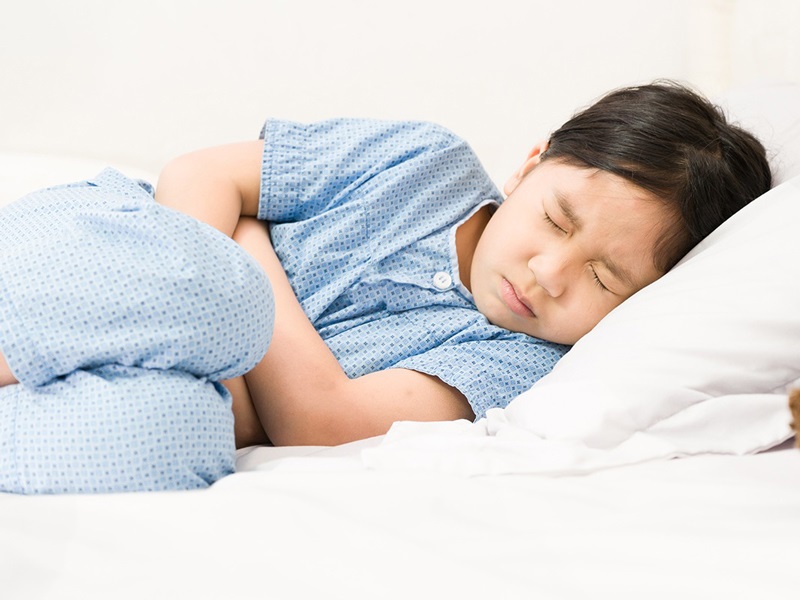
I. Some of the most prominent manifestations of iron deficiency in children
Some of the most obvious signs that your child is iron deficient:
→ In newborns, jaundice will appear.
→ Children with anemia and iron deficiency are often pale, most evident in the palms, soles, earlobes, throat mucosa, and pale conjunctiva.
→ Children are often slow, tired, have poor concentration, are sleepy, and play less.
→ Frequent dizziness, lightheadedness, shortness of breath when trying to exercise vigorously; weight loss; digestive disorders...
→ Children are often lazy to exercise and susceptible to infectious diseases.
→ Difficulty concentrating, easy memory loss
In case of severe iron deficiency in children, the child's body will show some typical signs such as: Swelling of hands and feet, increased heart rate, and difficulty breathing.

It can be said that iron deficiency will have some of the most obvious manifestations on the child's spirit and physical condition. The external manifestations are often not so obvious. To detect this iron deficiency early, parents must monitor their children carefully.
II. What health problems does iron deficiency cause in children?
As we know: Besides Vitamin A and Iodine, iron is also an important micronutrient, performing many important roles in the body's vital functions:
- Participates in the process of forming hemoglobin to transport oxygen to organs.
- Participates in the process of creating myoglobin - the respiratory pigment of the body
- Participates in the structure of many immune system enzymes
⇒ Iron deficiency will cause many effects on the physical and mental development of children later on. Specifically:
1. Children develop abnormally due to iron deficiency
Iron deficiency will increase the risk of infection in children. Children's bodies will also develop abnormally, with swelling of hands and feet, increased heart rate, difficulty breathing, etc. appearing. In particular, children will also be slower and less energetic than their peers.
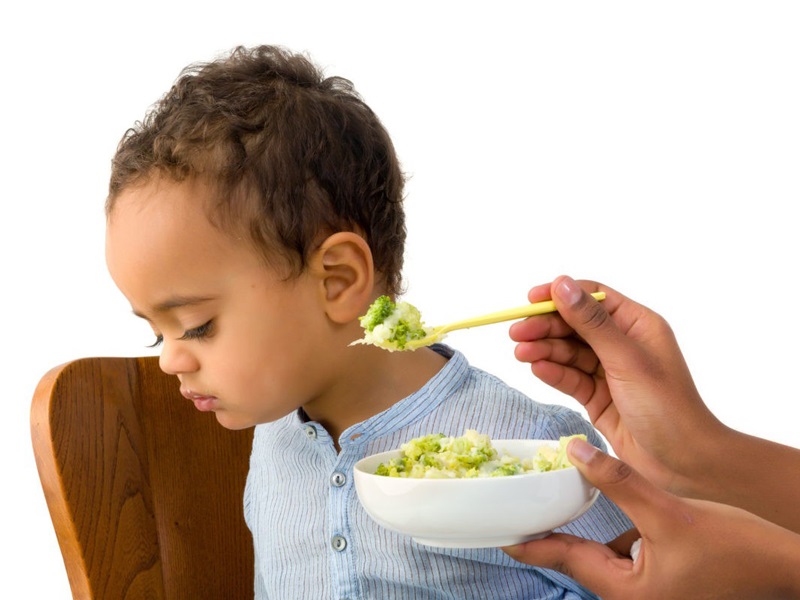
2. Pica syndrome appears
Pica syndrome is also known as the condition of children eating carelessly. Children often eat things that are not considered food such as: dirt, clay, dust... Eating carelessly will cause: tooth decay, stomachache, lead poisoning, bloody stools...
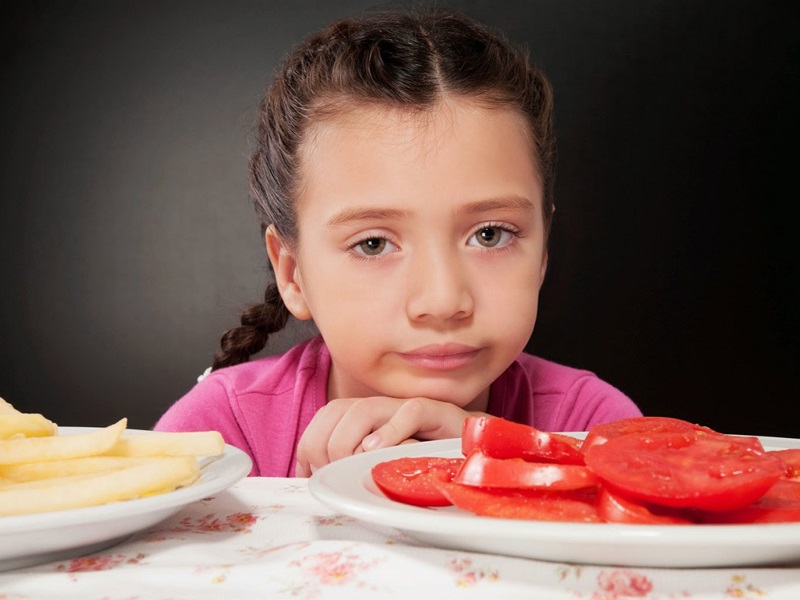
III. What should be done to prevent signs of iron deficiency in children?
Experts have given many reasons to explain iron deficiency in children, such as:
→ For infants: The amount of iron provided by the mother during pregnancy is only enough for a few months. After the baby's body has digested it all, the baby will fall into a state of iron deficiency.
→ For older children: The daily menu is unbalanced and does not provide enough nutrients for children. Drinking a lot of cow's milk makes it difficult for the body to absorb iron from other foods, which is also an important cause.
From pointing out the above causes, doctors and nutritionists also give some ways to help supplement iron for children. If supplemented sufficiently, the symptoms of iron deficiency in children will not appear!
1. Preventing iron deficiency in children
Iron supplements for infants
The best way to supplement iron for infants is through breast milk. Breast milk is also the food that children under 1 year old can absorb best. In case your child cannot drink breast milk, you should use iron supplements for your baby based on your doctor's instructions.
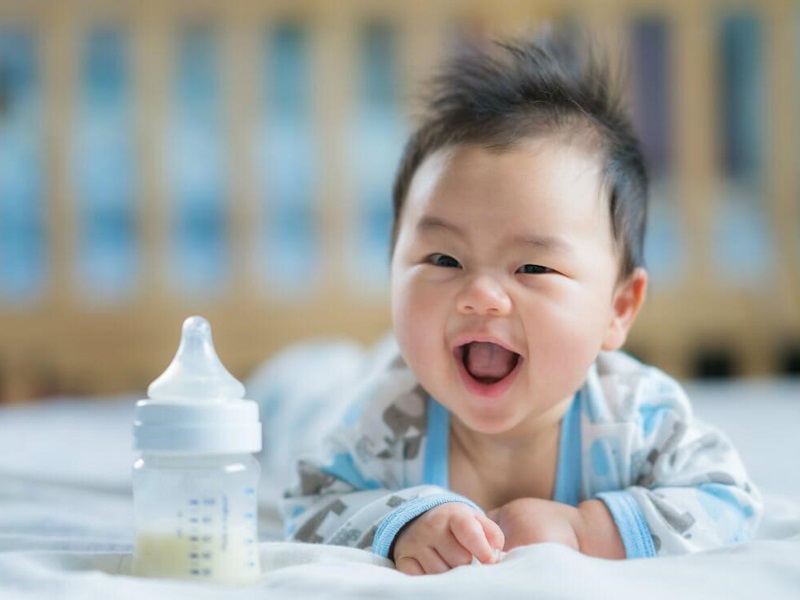
Prevent iron deficiency with a healthy diet
Once your child is able to eat solid foods, provide a healthy, nutritious diet. Some iron-rich foods that are good for children include: baby cereals, dark green vegetables (broccoli, spinach, kale).
In addition to iron supplements, mothers should not forget to supplement Vitamin C for their children. Vitamin C acts as an intermediary to help the body absorb iron better. Some fruits and vegetables rich in Vitamin C include: oranges, guava, tomatoes, carrots, broccoli, kiwi, etc.

Note: For children from 1-5 years old, the maximum amount of cow's milk consumed is only about 700ml/day.
2. Treatment instructions for children with iron deficiency
In case the child shows signs of iron deficiency, parents should proactively use iron supplements for the child. The dosage recommended by experts is as follows:
- Children 7-12 months: 11mg iron/day
- 1-3 years old: 7mg iron/day
- 4-8 years old: 10mg iron/day
- 9-13 years old: 8mg iron/day
- 14-18 years old: need 15mg iron/day (girls) and 11mg iron/day (boys)
To prevent the symptoms of iron deficiency in children from appearing, parents should remember to supplement adequate nutrients and provide a healthy diet for their children! Don't forget to regularly follow the NanoFrance Website to update more knowledge about the latest medicine and pharmacy!


